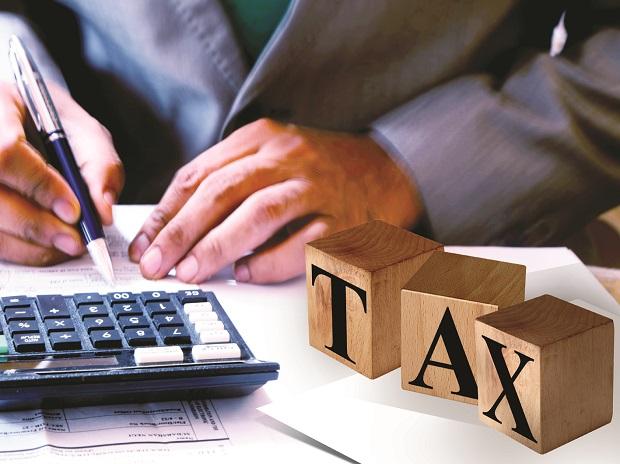India’s salaried class is awaiting some relief from finance minister Nirmala Sitharaman when she presents the Union Budget 2023 on February 1.
While nothing was announced on the taxation front in the previous Budget, hopes are high for rebates and relaxation in tax slabs, standard deduction, and Section 80C limit, among other things.
Here is what experts expect from Budget 2023 on personal income tax and finance front
Income Tax slabs
The last change in income tax slabs came during the financial year 2017-18, barring the introduction of the optional new tax regime in 2020-21. With no change taking place in five years, the hopes of seeing some relaxation in the tax slabs are high.
The demand to increase the tax-free limit to Rs 5 lakh from the current Rs 2.5 lakh is gathering momentum. Business Standard earlier reported that policymakers are examining the possibility of increasing the tax-free slab to Rs 5 lakh. At present, taxpayers don’t pay income tax if their taxable income is Rs 2.5 lakh and below. However, the government is considering increasing this to Rs 5 lakh in the alternative personal income tax regime.
ALSO READ: Budget 2023-24: Centre mulls increasing tax-free slab to Rs 5 lakh
Abhishek Soni, Co-founder & CEO, Tax2Win, believes that since the inflation rate has gone up for most of the ongoing financial year, there may be a slight chance that the government may change the tax slab. “If we compare the annual inflation rate year-on-year, there has been a continuous increase. 6.95 per cent in March 2022 was recorded as the highest rate of inflation since October 2020. Hence, to adjust the high inflation rate, there are chances to bring a change in the personal income tax slabs”, Soni told Business Standard.
But fiscal prudence also has a part to play here. Since capital expenditure needs a push, as stated by the finance minister in the run-up to the Budget, the government may not feel obligated to change anything in personal income tax slabs.
“The current fiscal deficit and increased capital expenditure, the government may not have enough room to reduce tax revenue by altering the tax rate. An alternative option could be to streamline the existing alternative tax regime, which offers a reduced tax rate for individuals and Hindu Undivided Families (HUFs), Naveen Wadhwa, DGM, Taxmann, told Business Standard.
Standard deduction and Section 80C limit
Standard deduction, which replaced exemptions for transport allowance and medical reimbursement, was introduced in 2018, with a limit of Rs 40,000. In the interim Budget of 2019, the limit was enhanced to Rs 50,000. Experts are hoping for an increase in this limit.
“The government should consider further increasing the standard deduction amount in order to provide more relief to salaried taxpayers, who, on average, pay three times more tax than business or professional taxpayers. This will be particularly beneficial if the current tax rates and slab remain unchanged,” Wadhwa said.
Likewise, the exemption limit under Section 80C was last revised in 2014-15 to Rs 1.5 lakh. This also needs another revision if tax slabs are kept the same.
“Over the years, the cost of living has continuously increased. The raised costs exhaust this limit of Rs 1.5 lakh in just one or two contributions, leaving no more scope for further tax saving under Section 80C.” Hence, Soni recommends enhancement in the maximum deduction limit under Section 80C to at least Rs 2.5 lakhs.
Deepesh Raghaw, Sebi-registered investment advisor and founder of Personal Finance Plan, told Business Standard, “The pandemic has caused many job losses and exposed people’s financial vulnerabilities especially when it comes to secured saving instruments. Thus, it will benefit the salaried class if the Budget 2023 considers increasing the yearly contribution under Section 80C and Section 80CCD (1b).”
Home loan deduction limits
With property rates flaring up after the pandemic-induced lull phase, increasing the deduction limit for home loans under Section 24(b) is the need of the hour. Currently, the limit stands at Rs 2 lakh.
“The cost of living and rent rates are rising in many cities. As a result, salaried individuals working in the job hubs like Bangalore, Gurgaon, and Mumbai find it very difficult to manage between their salary and buying a new house. Noticing the present price bands of houses, the tax saving cap of Rs 2 lakh per annum on housing loans according to section 24(b) needs to be increased. The limit needs to be hiked to at least Rs 3 lakh, regardless of the property’s price,” Tax2Win’s Soni said.




